Getting to grips with rodent infestation at poultry facilities
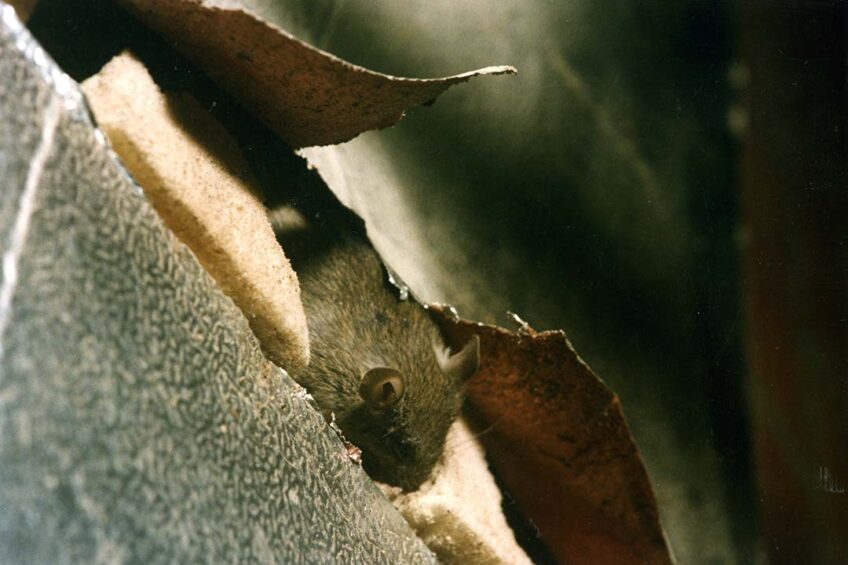
Rodents are common pests in and around poultry facilities. A facility that does not have at least a few rodents is unusual. Rodent invasion can cause a tremendous amount of damage to farm buildings and poultry production unless strict control programmes are put in place by all possible means.
There are more than 500 species of rodents (true rats and mice) that make up almost 40% of mammal species. However, most rodent damage is caused by just 3 commensal species, namely Rattus norvegicus (brown rat or Norway rat), Rattus rattus (black rat or roof rat), and Mus spp. (house mouse). They are most prevalent in poultry farms located near arable crop fields.
Rodents have tremendous breeding potential. Under ideal conditions a pair of rats and their offspring can produce 20 million young in 3 years’ time. One female rat is capable of producing another 22 breeding females in 1 year (assuming a 50:50 male/female ratio of offspring) that mature within 3 months.
Rodents are especially attracted to farms where there is easy access to poultry feed. Most of the ingredients in poultry rations, such as corn, sorghum, barley, wheat, plus meat and fish products, are all highly desirable to rodents. Too much debris or rubbish on a farm is another contributing factor to the prevalence of rodents, even when other factors have been eliminated.
To assess potential rodent damage on a farm, it is important to estimate the rodent population which, in turn, helps make the necessary provisions to control the problem. Under practical farm conditions, rodent populations can be simply estimated based on a visual appraisal (Table 1). The presence of fresh faeces, runway warrens and burrows may also be indicative of a rodent population and activity.
Rodent effects on farm
The burrowing and gnawing activities of rodents can undermine building foundations and destroy doors, curtains, electric wires, telephone cables, plastic feeders and drinkers. Rodents also damage plastic pipework, thus interfering with water supplies. Similarly, they can damage insulation materials and hence affect the optimum temperature and humidity in the house. Rodents do not necessarily eat such hard objects. Rather, they tend to gnaw on them to sharpen and maintain the normal length of their continuously growing teeth which would otherwise grow up to 10-15 cm long.
Feed losses
Given the opportunity, a 250g rat can eat its weight in fresh feed every day – feed that could otherwise have been utilised by chickens. This means that a farm with a total population of only 50 rats, for example, can easily lose tonnes of feed every year. They can also destroy feed bags resulting in large amounts of feed spilled on the floor, which then cannot be used after it has mixed with dust, droppings, urine and hair.
The mould count was found to be 25% higher in rodent-damaged grain than in undamaged grain. Rodent-damaged grain also had significantly less dry matter (-2.4%), less crude protein (-13.3%) and less crude fat (-87.9%) compared to non-damaged grain. Further, rodent-damaged grain had significantly lower levels of oleic acid, linoleic acid, palmitic acid and stearic acid, thereby reducing their availability to promote growth and other biological functions and to prevent oxidative stress and inflammation (Table 2).
Health and performance effects
Rodents may be a significant amplifier of Salmonella enteritidis. They can shed a large number of organisms in their faeces and the infection may persist in the rodent population long after the poultry house has been cleaned and disinfected. Infected birds often exhibit symptoms of reduced feed intake, irregular feathering, respiratory problems, white diarrhoea and loss of activity. The infection can be transmitted throughout poultry production and processing and threaten consumers if the poultry meat or eggs are not properly prepared and cooked.
Leptospirosis is another bacterial disease infecting 15-30% of the rodent population worldwide. The urine of infected rodents may carry several groups of Leptospira, including L. canicola, which is infectious to birds. The disease affects the blood, liver and kidneys, leading to diarrhoea, metabolic disorders and anaemia. In severe cases, death will usually result if the disease is left untreated.
Rodents may also carry various tapeworms which are infectious to poultry, causing diarrhoea, reduced feed intake and low performance. In addition, they may be an important source of external parasites, such as ticks, mites, fleas, lice and other unidentified species often linked to poor feathering, skin irritation, anaemia and poor performance.
Mortality and egg losses
Rats may kill young chicks or pullets and also take eggs from nest boxes. It is estimated that in Ukraine, for example, losses of 1 million chicks and 2 million eggs per year are due to rodent invasion of poultry farms. These figures do not include mortality or production losses that may be attributed to diseases or parasites transmitted by infected rodents.
 Beheer
Beheer


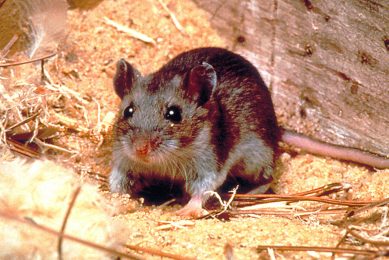
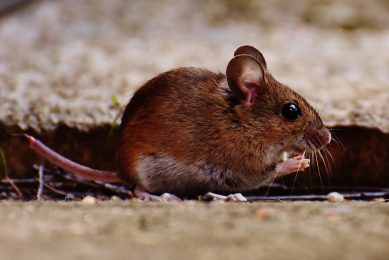
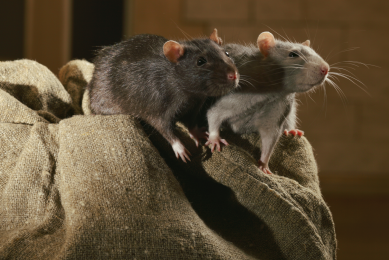
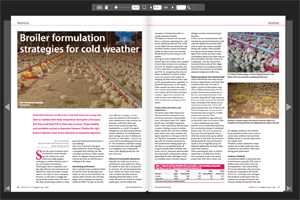





 WP Admin
WP Admin  Bewerk bericht
Bewerk bericht